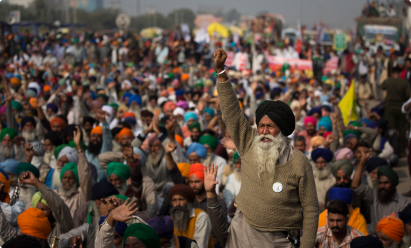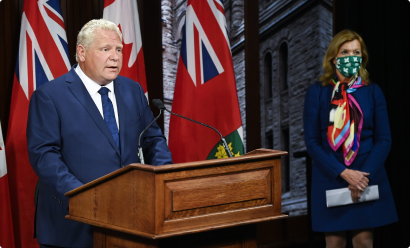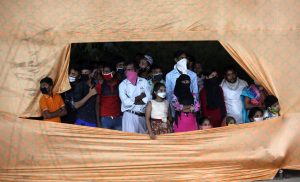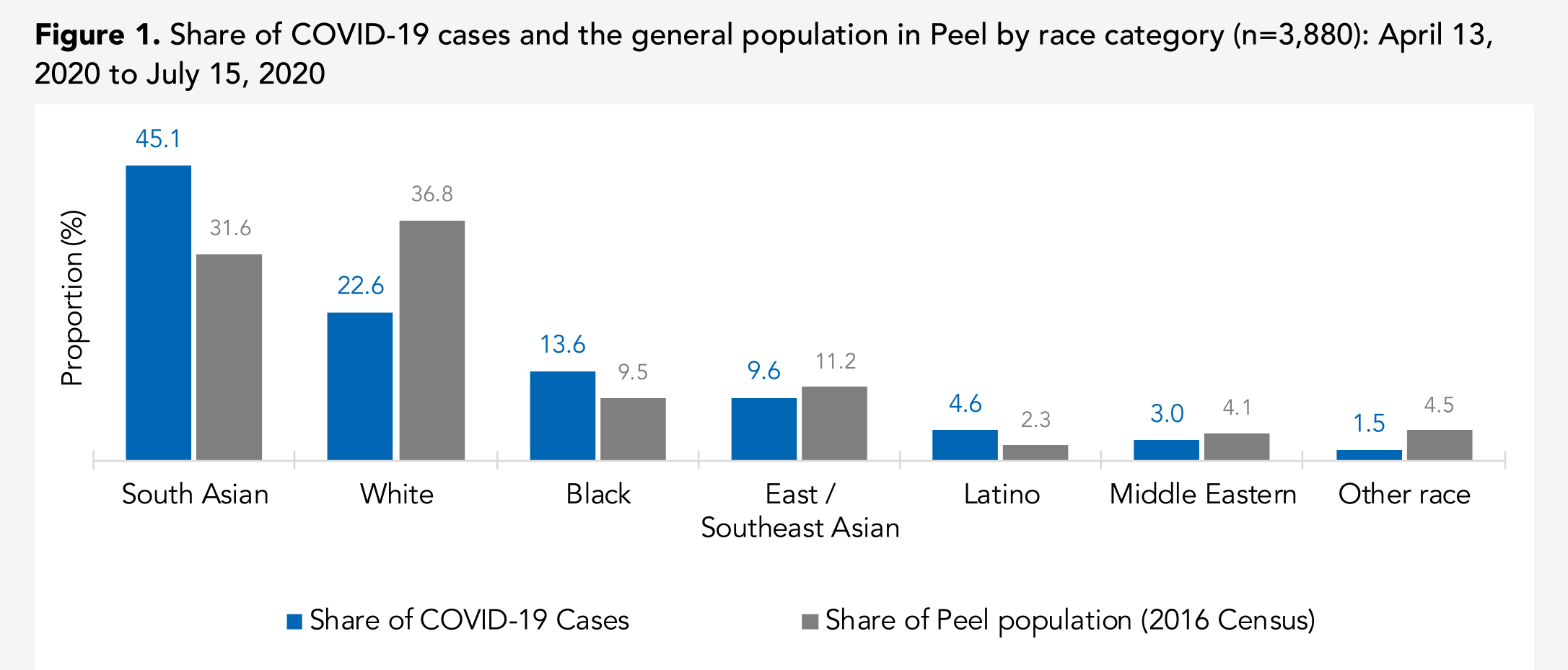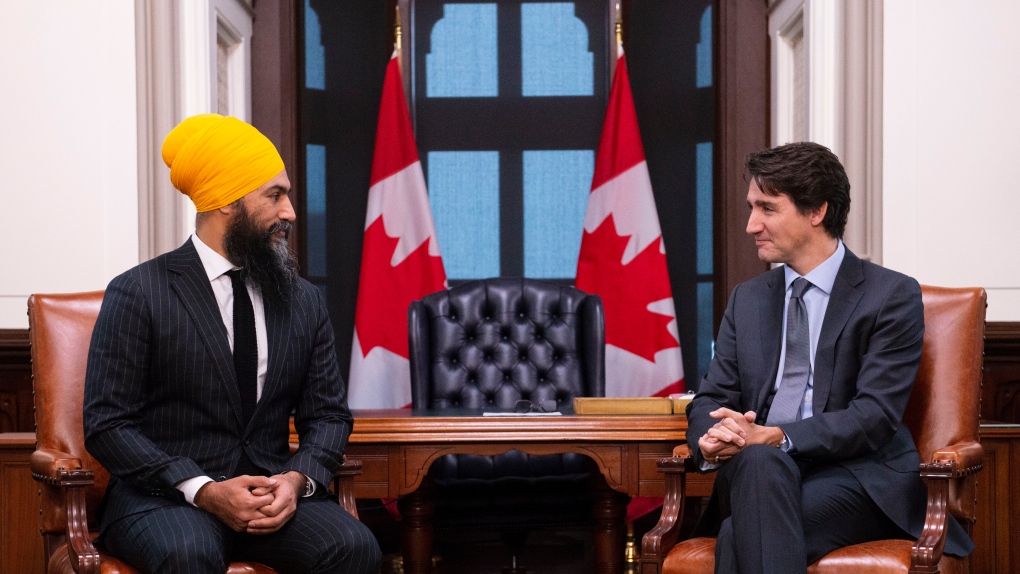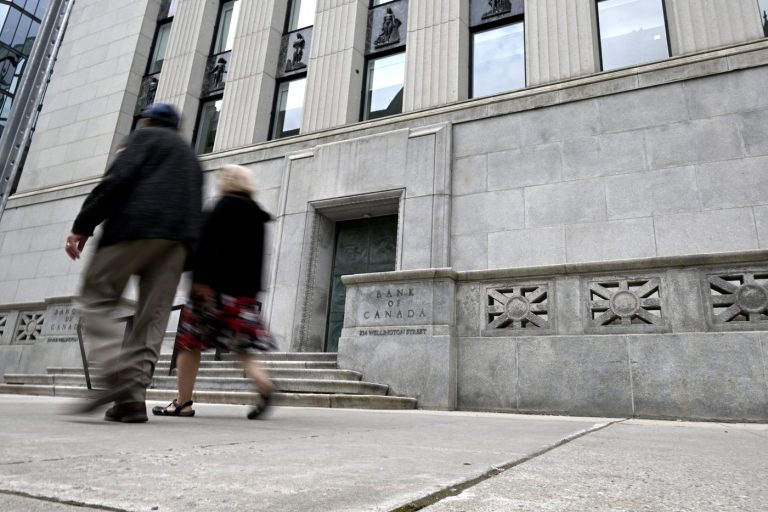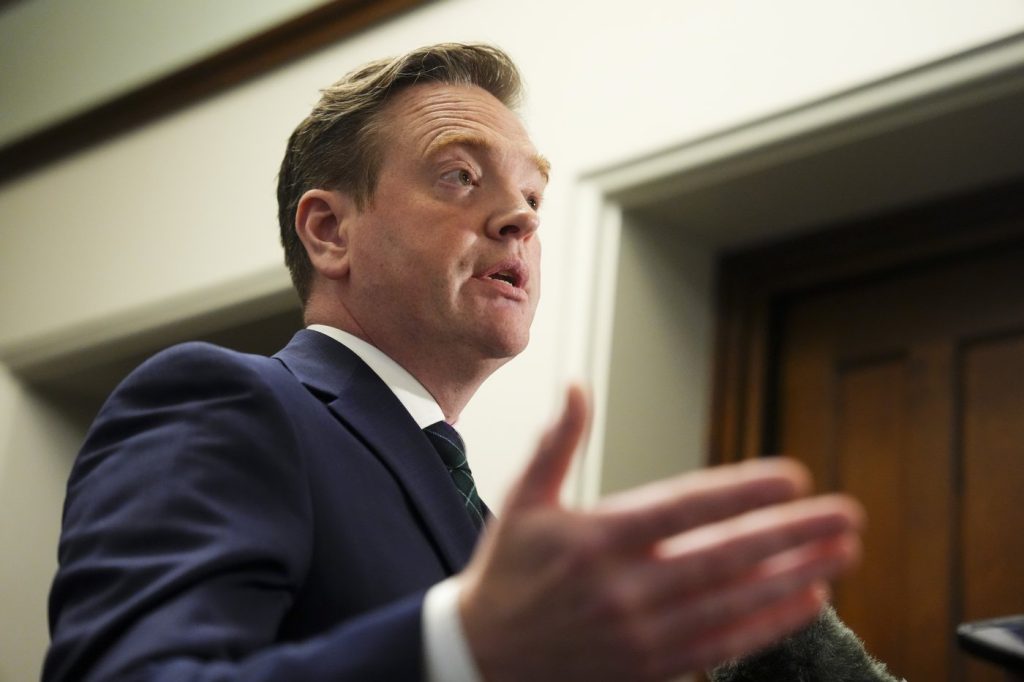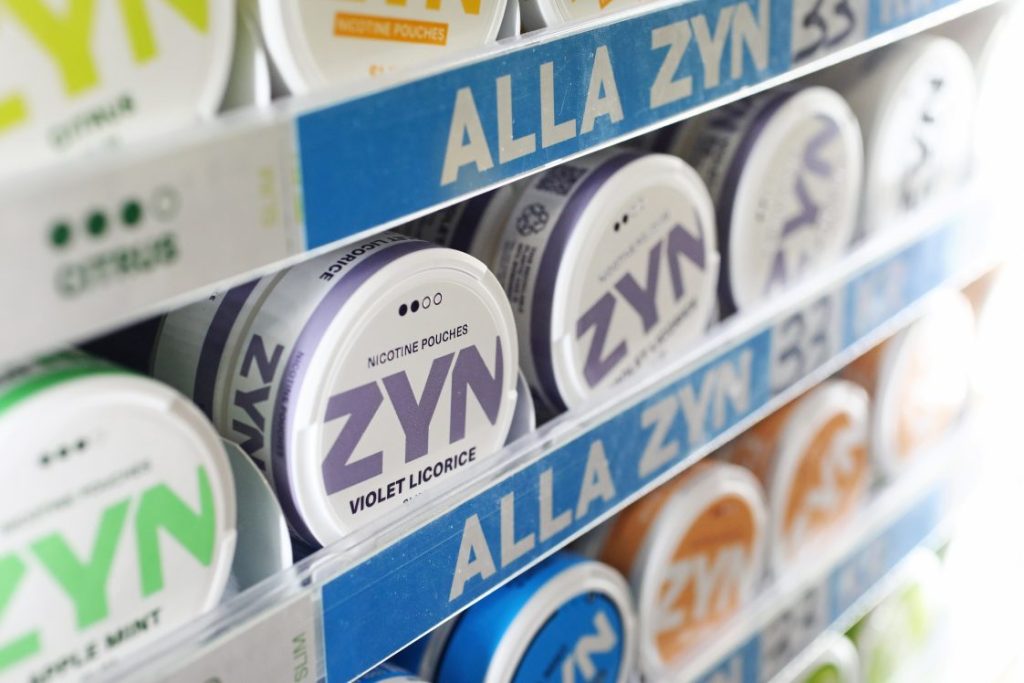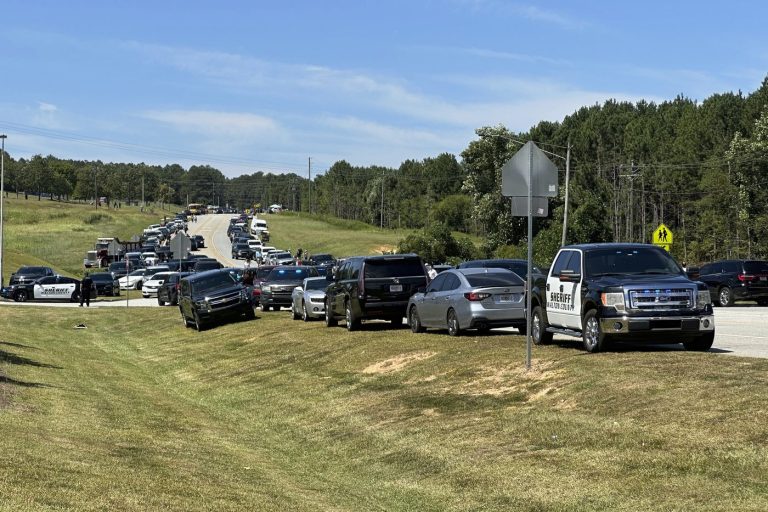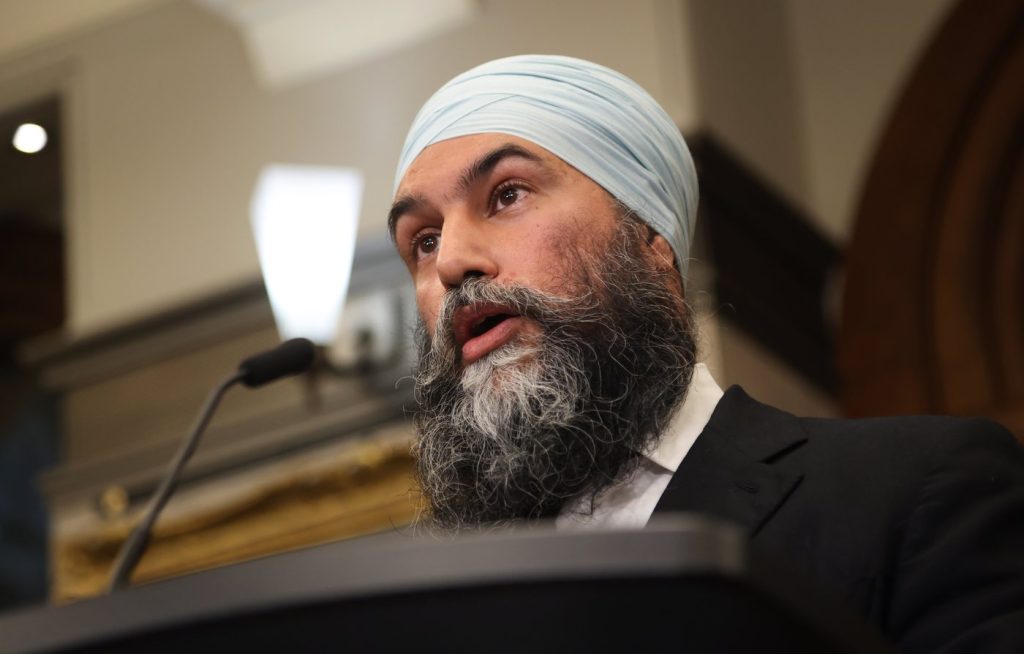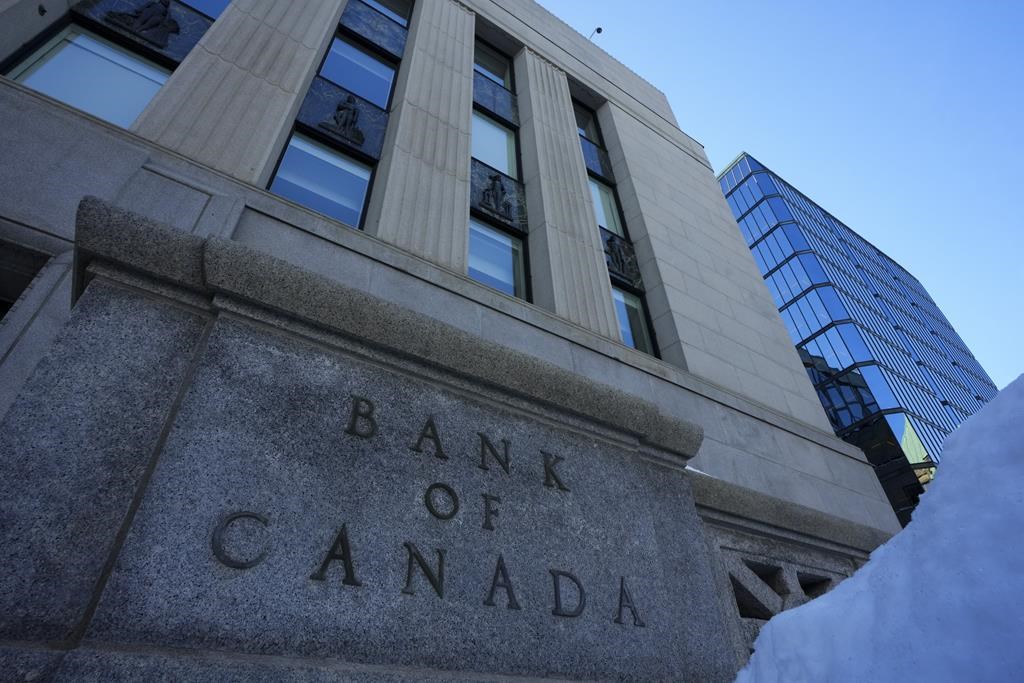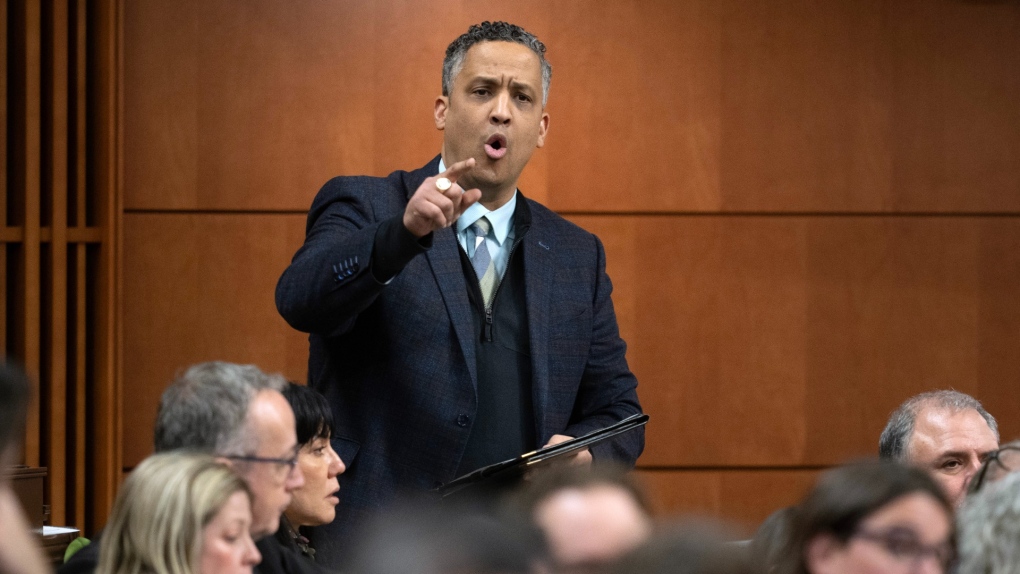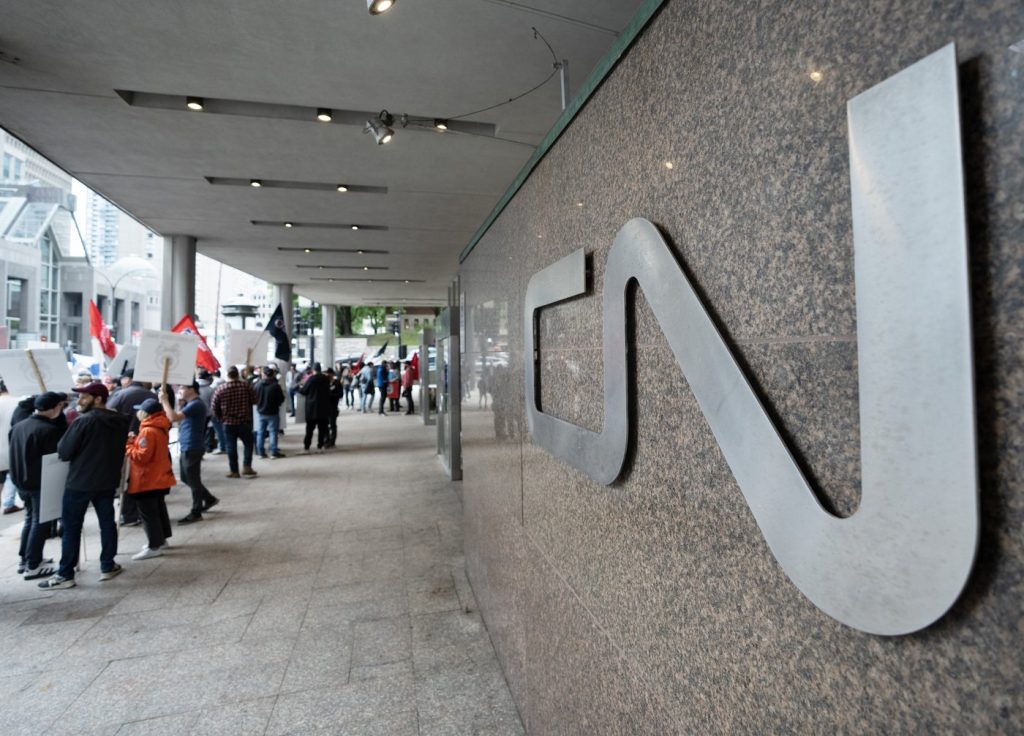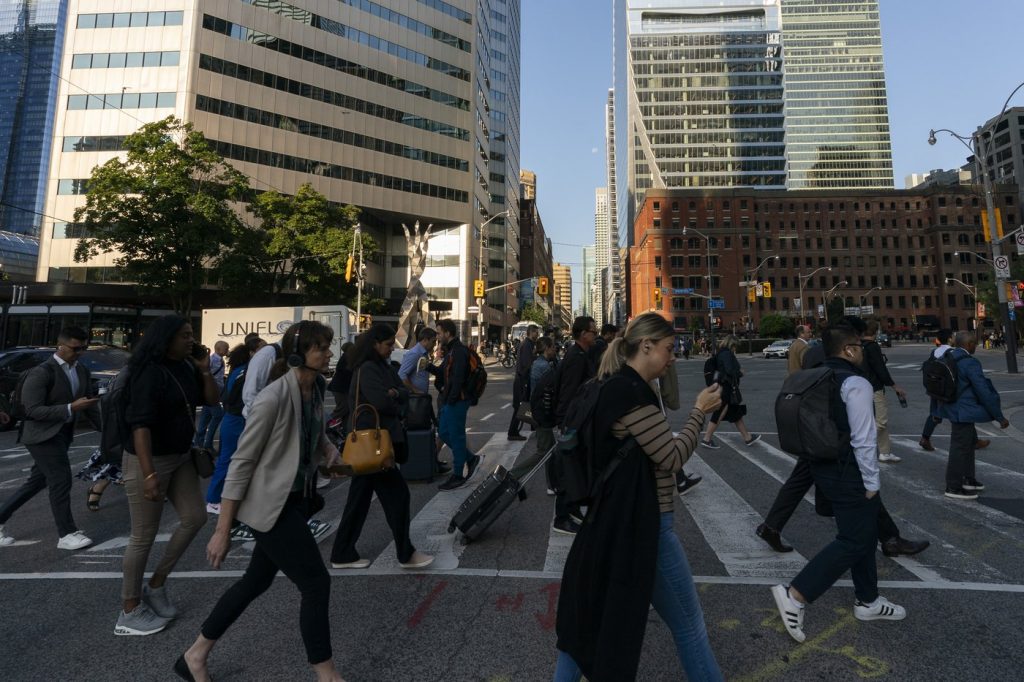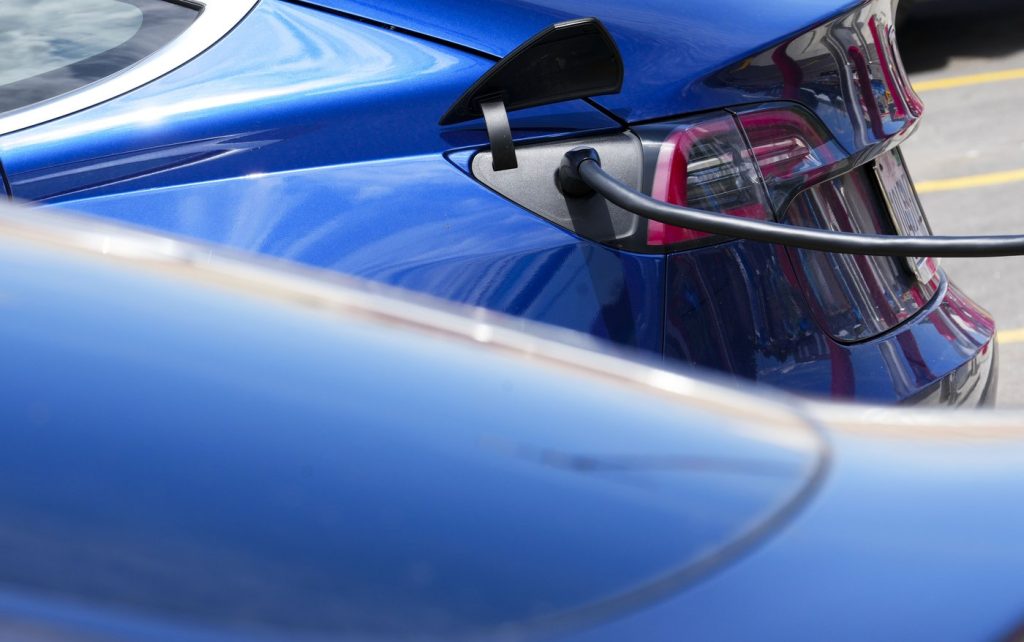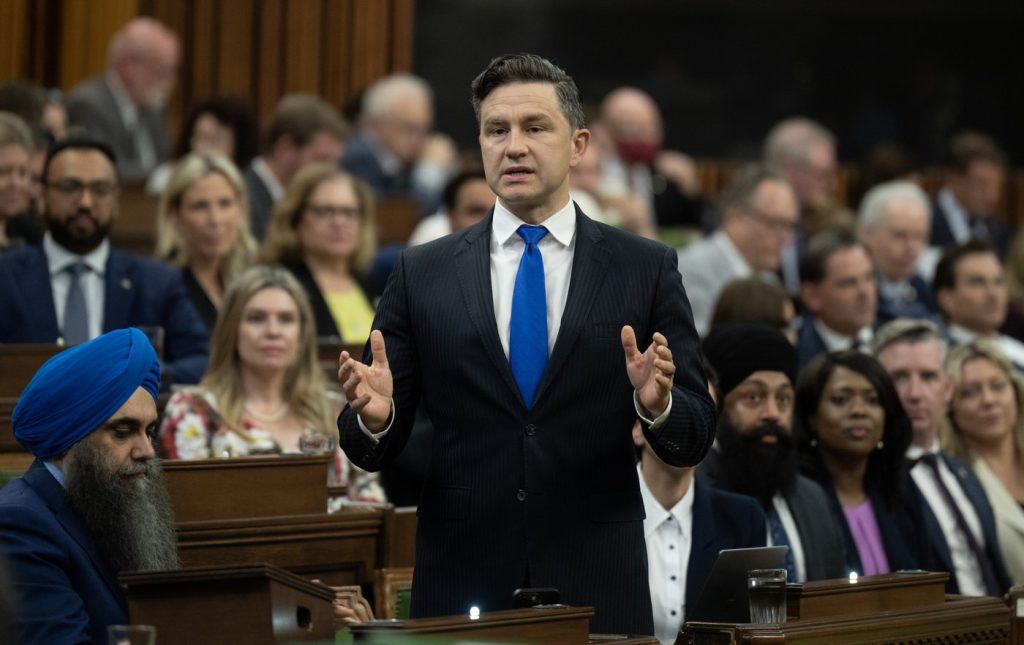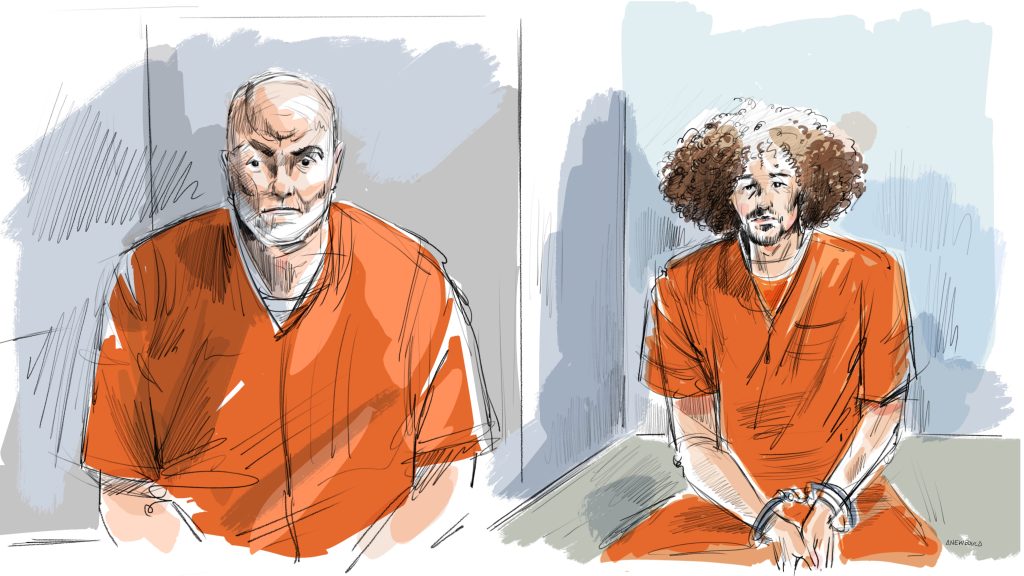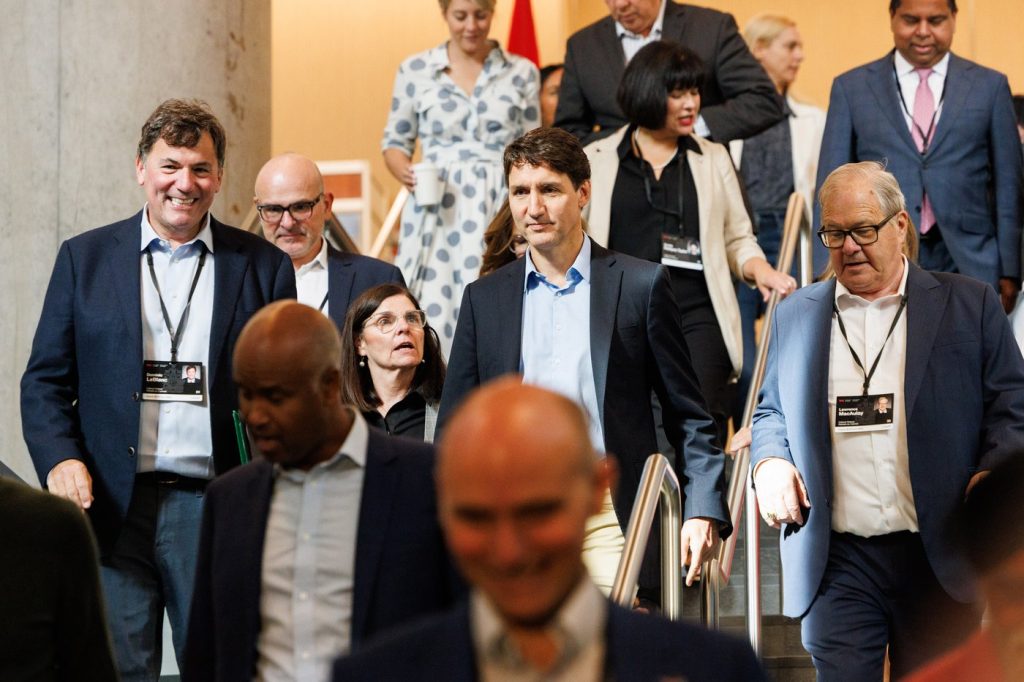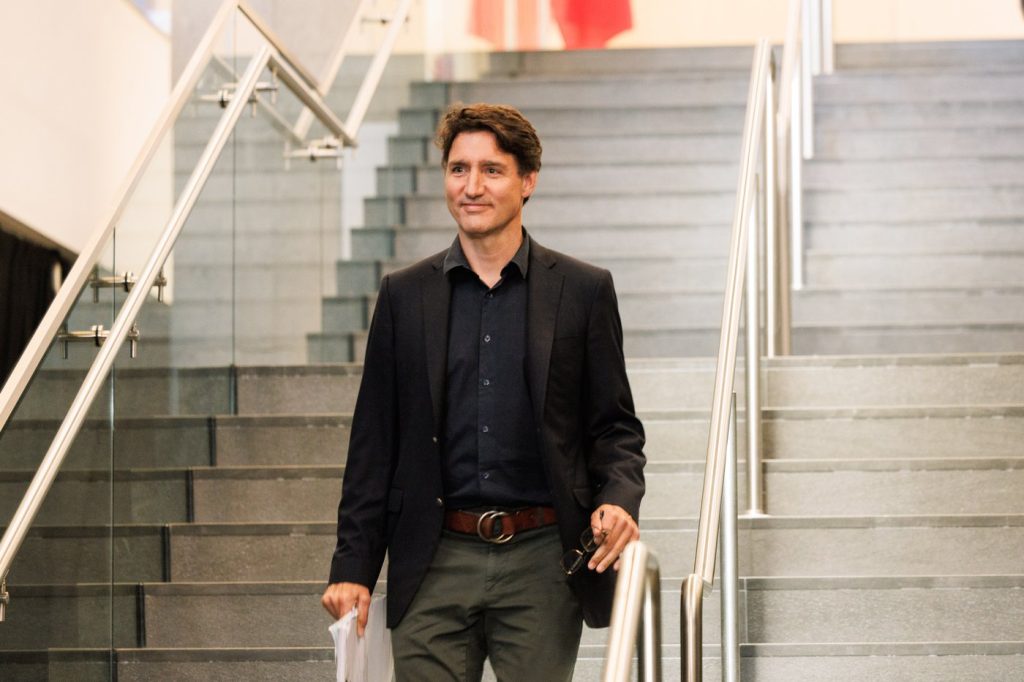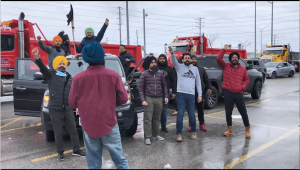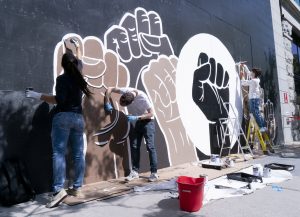COVID-19 is impacting Canada’s South Asian communities at rates much higher than other race categories in Canada, prompting urgent warnings from health officials to take extreme precautions during Diwali celebrations this week.
While the group only makes up 31.6 per cent of the population, according to data from Peel Public Health more than 45 per cent of positive COVID-19 cases in the region reported between April 13th and July 15th came from people who identify as South Asian.
Similar trends have been occurring on the west coast, where B.C. provincial health officer Dr. Bonnie Henry has charted a similar trend in local communities.
“We have seen a disproportional increase [of COVID-19] in many people of South Asian descent,” Henry told a group of South Asian reporters during a teleconference this week.
“Many of those has been related to weddings, celebrations of life and other important events.”
While there are clear indicators of high COVID-19 rates in regions with large South Asian populations, Henry said it has less to do with the group itself and more to do with how they interact.
“This virus does not recognize that it’s the South Asian community,” she said.
“It recognizes the situations and gatherings that are happening that have allowed it to spread.”
Situations like holiday celebrations do account for some outbreaks, which is why Henry placed a two-week ban on social gatherings for the Vancouver Coastal and Fraser Health regions on Saturday November 7th. Typical Diwali traditions like dropping gifts off to relatives, large family gatherings and hosting group prayers are not permitted.
With B.C., Ontario, and other regions in the country experiencing a second wave of COVID-19 triggered by large Thanksgiving and Halloween gatherings, Brampton city councillor Harkirat Singh is concerned that Diwali celebrations could push case numbers even higher.
“To be honest, yes I am worried,” he told Toronto’s CityNews.
“I know how important Diwali and Bandi Chhor Diwas is for the community here, which is why Peel Public Health is really trying to get the message out: do not do social gatherings.”
In Vancouver, Surrey Board of Trade CEO Anita Huberman is pleading with families to celebrate at home on November 14th.
“Diwali is all about getting together, whether you’re a resident or in business, but we need to make sacrifices now in order to reduce the number of virus cases,” said Huberman.
The holiday is observed by several religious faiths – including Hinduism and Sikhism – symbolizing the triumph of light over dark; but according to Henry, the fight against the darkness of COVID-19 can only come through social distancing.
“For me, Diwali is going from darkness to light and we need to use that metaphor to say ‘How can we do this remotely?’, and support our community to see that there is going to be light, but it’s not right now,” she said.
Huberman suggests socially-distant Diwali gestures, holding gatherings with extended family virtually and keeping in-person celebrations to those already living in your household.
“It means if you want to see your family, do it digitally,” she said.
“Do prayers in your own house with people you live with. If you want to go to the temple, perhaps make an online donation to the temple of your choice.”
Multiple COVID-19 outbreaks have already been reported at temples and other religious gathering spaces across the GTA, with Peel Public Health confirming another at Brampton’s Sikh Heritage Centre this week.
Many religious leaders — including Sikh Temple Gurdwara Dukh Nivrani president Narinder Singh — are urging people to pay their respects virtually this year; a message supported by other government organizations. Even though Ontario provincial guidelines allow a 30 per cent capacity for religious spaces, a maximum of 50 people is being encouraged in Peel Region.

“We’ve had no less than 50 case investigations and exposures linked to a place of worship either when an individual who was sick attended a religious ceremony and transmitted it to someone else, or we’ve investigated someone who tested positive and the only acquisition place that they could have gotten it from was a place of worship,” said Peel Region’s medical officer of health, Dr. Lawrence Loh in an interview with OMNI News.
“That’s data that I would ask — especially as we head towards Diwali — that our religious leaders take note of in trying to limit the number of in-person celebrations that they have.”
JOBS AND THEIR IMPACT ON SOUTH ASIAN COVID-19 CASES
Officials and medical experts agree that celebrations and gatherings aren’t solely to blame for outbreaks in South Asian communities. Rather, it’s a cyclical pattern driven by where people in the community work.
“A lot of the residents (in Brampton) work on the front lines as truck drivers, taxi drivers, long term care workers and nurses…so those occupations are more at risk,” Singh said.
Peel Public Health data shows most COVID cases reported over the course of the pandemic are from people working on the frontlines as essential workers. A third of cases came from people who work in healthcare, while trades, transport and manufacturing industries are disproportionately affected as well.
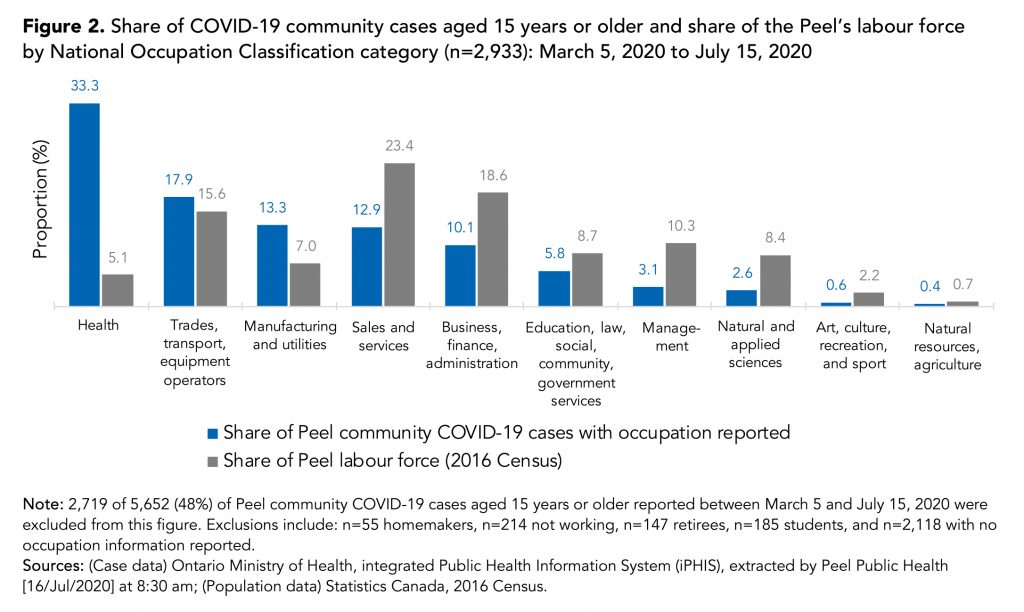
Brampton Mayor Patrick Brown touched on this point on an episode of CBC Radio’s Metro Morning in early September, pointing to the region’s large trucking sector and the fact that one of its largest employers is Pearson International Airport, where thousands of people pass through every day.
Loh pointed out that many of these jobs don’t offer the luxury of working from home, forcing employees to go into the office every day and raising the risk of contracting COVID-19.
“In terms of the employment profiles, many of the jobs that they work in are more precarious or unable to be done remotely,” Loh said.
“If employers aren’t taking precautions, you’re seeing crowding, close contact and spread; which the virus enjoys. The virus then circles between these workplaces to the homes, along with the various social gatherings that occur between these households.”
Data from Peel Public Health shows the majority of COVID-19 outbreaks in the region come from industrial settings, grocery stores and other retailers, with only a small percentage originating from religious services and congregated settings.
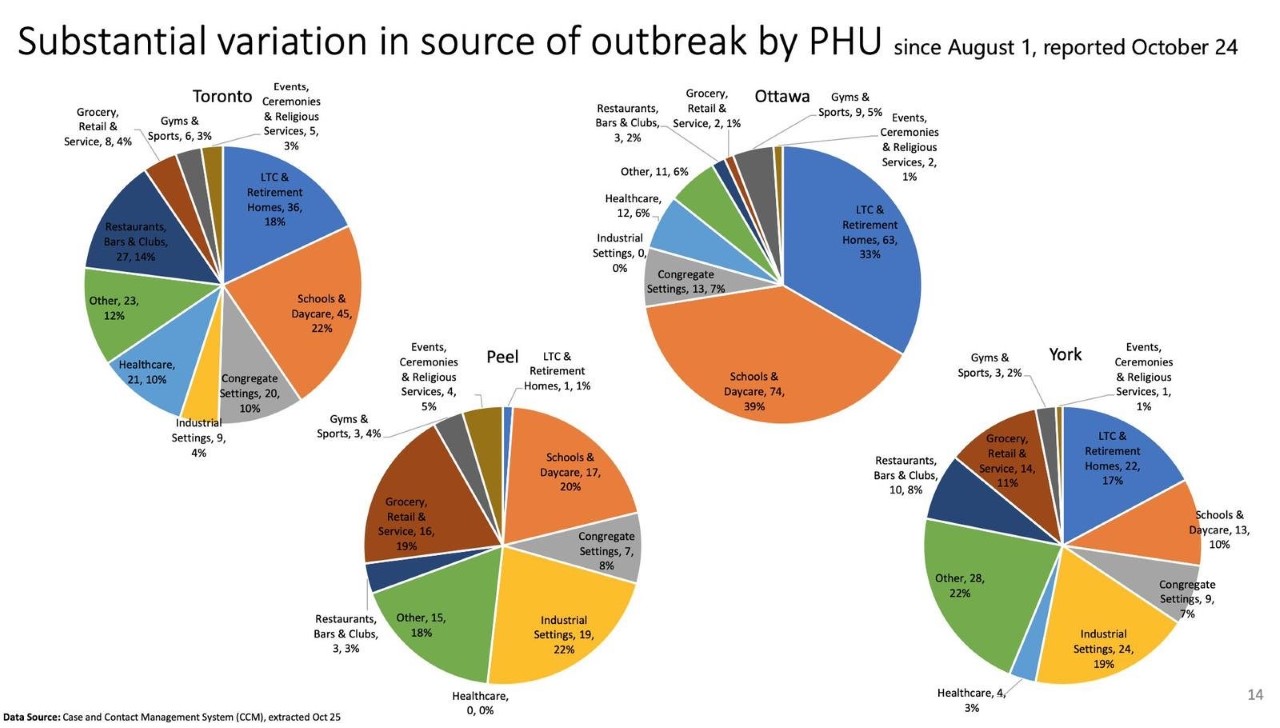
For Loh, that information points to the need for more health and safety measures in the workplace.
“We need better worker protections, something like paid sick days,” Loh said.
“We see many people having to choose between making rent or staying home and isolating from COVID-19. These are not jobs that can be done remotely. There’s no luxury to do it from home.”
AVOIDING RACIAL-BIAS AROUND THE SPREAD OF COVID-19
While there are a variety of factors contributing to the high rates of COVID-19 in Brampton, Surrey, and other Canadian communities with a high South Asian population, Loh says it’s important to know where to lay blame.
“I think it’s really crucial to identify where the patterns of transmission are occurring,” Loh said, “but to not pass judgement on why they are occurring.”
“It’s very easy to say ‘Oh, it must be some kind of problem with that racial group’, when the reality it’s the societal context and structure that has actually determined our risk of being exposed. The virus biologically does not discriminate, but society does.”
On top of precarious work conditions and typically multi-generational homes, Singh also points to a lack of information on COVID-19 being shared in third-languages like Punjabi and Hindi – something he said the City of Brampton is actively working to fix.
“We can always do better, I’ve been trying to speak with a lot of ethnic media myself,” he said.
“It’s a tough situation, because information changes so fast and to get that to trickle down to the grassroots takes some substantial effort, but there are a lot of diverse communities, especially in the city of Brampton, where they are consuming their information through ethnic media channels, so it’s important that the government is supporting ethnic media at this time to get that message out.”
It’s a sentiment echoed by B.C.’s Henry, who has hosted numerous teleconferences with ethnic media groups in Vancouver to share information and answer questions on the virus specific to the South Asian community.
“It’s not in any way to blame the [South Asian] community,” she said.
“Now we need to take measures to protect the community because it is being transmitted in the South Asian community moreso than we’re seeing in others right now.”
-with files from Travis Prasad, Shauna Hunt and Jessica Bruno
